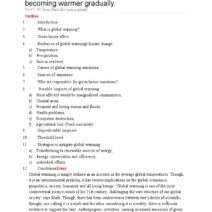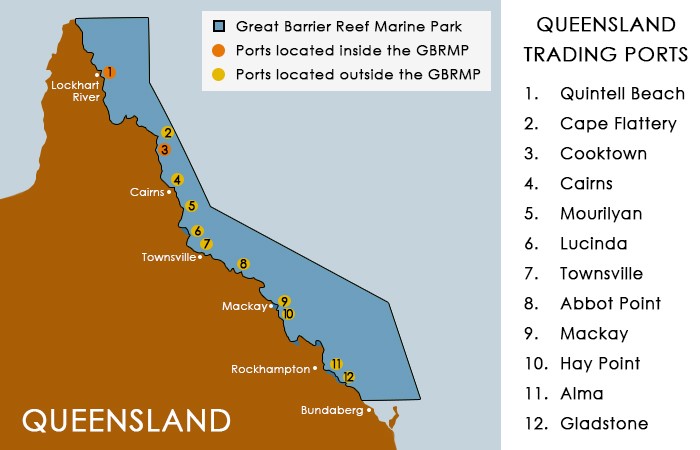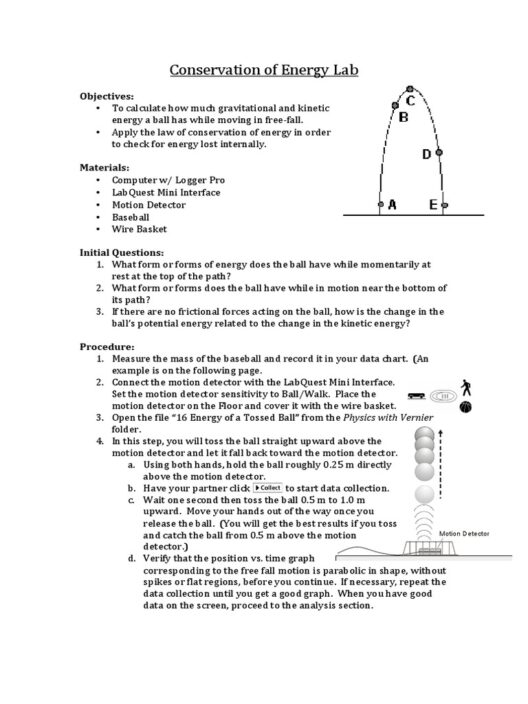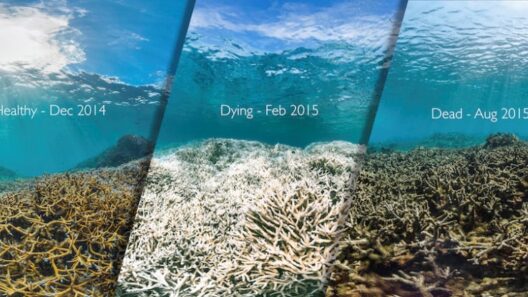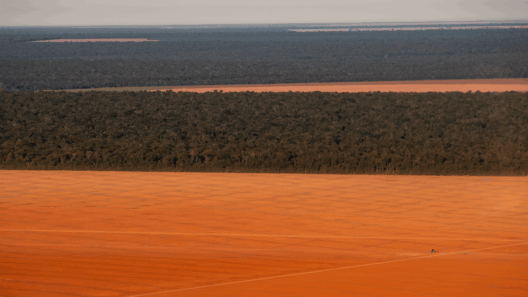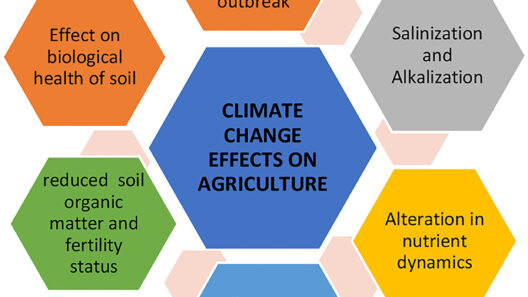The Great Barrier Reef, a sprawling aquatic tapestry, stretches over 2,300 kilometers along the northeastern coastline of Australia. Renowned not just for its breathtaking beauty, this vibrant ecosystem mirrors the ever-changing heartbeat of its climate. As one traverses through the undulating waves of this marine wonder, it becomes apparent that the climate surrounding the reef plays a pivotal role in sustaining its intricate web of life. Understanding the climate of the Great Barrier Reef is akin to deciphering an ancient scroll that holds the secrets to this marine marvel’s remarkable resilience and vulnerability.
Geographically, the Great Barrier Reef resides in a subtropical zone, characterized by its warm waters and diverse microclimates. This geographical positioning means that nearly 400 species of coral thrive here, nourished by a unique interplay between temperature and marine currents. The waters that cradle this reef are not simply warm; they are a delicate fusion of serenity and turbulence, where temperatures fluctuate, creating a dynamic environment brimming with biodiversity.
Temperatures in the region can reach a sweltering 30 degrees Celsius (86 degrees Fahrenheit) during the balmy summer months of December through February. These conditions foster an exuberant growth of not only the corals but also the myriad species that rely on this vibrant habitat. Conversely, during the cooler winter months, temperatures can dip to approximately 18 degrees Celsius (64 degrees Fahrenheit), providing a respite that allows some marine creatures to thrive. The ease with which life adapts to these thermal variations is nothing short of miraculous
Rainfall, a vital ingredient in this coastal climatic cocktail, further augments the Great Barrier Reef’s ecological tapestry. The wet season, which typically graces the region from November to April, is a time of transformation. The deluge of rainfall nourishes not only the terrestrial ecosystems but also replenishes the nutrient-rich waters of the reef. However, the repercussions of this inundation are multifaceted. Increased freshwater influx can lead to sedimentation and alteration of salinity levels, posing challenges to the delicate balance of marine life.
Conversely, the dry season, aligning with the winter months, offers tranquility. The azure skies glimmer overhead, and the ocean unveils its true colors. During this season, underwater visibility reaches its peak, enticing divers and underwater enthusiasts to explore the spectacular vivacity beneath the waves. The crystalline waters reveal coral formations teeming with life, illuminated by sunbeams filtering through the surface.
However, despite the vibrant cloak of life that the Great Barrier Reef dons, it is a sentinel ever aware of the looming specter of climate change. Ocean warming acts as an insidious thief, stealing vitality from the corals through a phenomenon known as coral bleaching. When water temperatures rise beyond a threshold, corals expel the symbiotic algae living within their tissues—a symbiosis that gives corals their dazzling colors. This expulsion, akin to an existential crisis, leaves the corals ghostly white and susceptible to disease. The impacts of warming waters stretch beyond aesthetics, with potentially catastrophic implications for fisheries, tourism, and the broader marine ecosystem.
Moreover, the increasing frequency and ferocity of climatic phenomena such as cyclones exacerbate the fragility of this unique ecosystem. The Great Barrier Reef, while resilient, struggles when battered by storms that come with increased intensity due to rising global temperatures. The entwined fate of the reef and the climate is an intricate dance, fraught with hazards as well as adaptation possibilities.
Despite these challenges, there exists a profound resilience inherent within the Great Barrier Reef. Researchers and conservationists tirelessly work towards understanding these climatic impacts, implementing strategies aimed at safeguarding this UNESCO World Heritage site. Marine reserves, for instance, are established as sanctuaries amid these turbulent waters, offering refuge to myriad species while promoting ecological balance. Such interventions not only aim to protect the reefs but also create sustainable pathways for human engagement with this pristine environment.
Sustainable tourism, a burgeoning industry within the region, seeks to educate visitors about the importance of environmental stewardship. Experiences that emphasize responsible diving practices, reef walking, and underwater photography foster a connection between individuals and the aquatic wonder that is the Great Barrier Reef. Visitors become ambassadors for the reef, understanding its fragility and the fundamental need to preserve it for future generations.
As we navigate through the complexities surrounding the climate of the Great Barrier Reef, it is imperative to adopt a holistic perspective—one that encompasses the breathtaking beauty of this ecosystem while acknowledging the harsh realities imposed by Climate Change. Thus, the narrative of the Great Barrier Reef is not just a tale of wonder; it invites us to partake in the stewardship of a marvel that epitomizes the duality of existence: resilience amidst vulnerability.
In conclusion, the climate of the Great Barrier Reef is an ever-evolving saga, woven into the fabric of our global climate narrative. As we gaze into the azure depths, witnessing the interplay between light and life, let us carry forth the understanding that the health of this marine paradise is inextricably linked to our actions. The Great Barrier Reef stands not merely as a scientific wonder, but as a vital chapter in the ongoing story of life on Earth, urging us to become conscientious custodians of its extraordinary legacy.


